Conduct inventory revision
Do this if you did not prepare in the fall. Buy in addition the necessary consumables (film, twine, gloves), equipment and tools - pruner, rake, delimber, etc.
Repair your existing inventory. Prepare space for all gardening tools, clean up the annex or shed where everything is stored.
Clear the roof
In preparation for the summer cottage, not only the site needs, but also the house.
- To do this, carefully inspect the roof for rust, cracks, and swollen paint.
- Check the attic - if the roof is leaking, mold and mildew will form underneath after the winter.
- Clean the roof with a stiff brush and check if the gutters are clogged with twigs and debris.
Ventilate the basement
In warm and dry weather, take care of the cellar or basement: after winter, it needs a thorough wet cleaning and ventilation. It is best to treat the walls with special anti-fungal compounds.
Examine the damage, get rid of unnecessary items in drawers and on shelves. Keep the basement open for fresh air.
Make minor repairs
Check all the latches, latches, cracks in the windows, listen for squeaks of doors and sashes. If necessary, make small repairs indoors - some elements can be easily improved with your own hands by updating the coating. Fix the furniture, check the electricity inside and outside the house.
Take a look conquering the ideas of reworking Soviet furniture.
Clean the house
In April, you should heat the house well: if there is no stove, bring a heater with you. Ventilate the building by opening windows and doors to help remove excess moisture and musty odors. Wash glass, sweep floors and wet mop.
If the house has textiles, shake the carpets well, and dry the pillows and blankets in the sun: this grandma's way disinfects them, getting rid of dust mites.
Clear area
Look around your garden - the snow is almost gone, but the remnants of rotted leaves, grass and debris spoil the view. Anything that prevents the lawn from growing, and you - to enjoy the landscape, should be removed. Also in April, "resuscitation" actions should be carried out to garden paths and lawn: Rake up straw that is blocking moisture, oxygen and nutrients from entering the soil. This process is called scarification.
See if the grass needs sanding (renewing the soil with sand) - this is important for the lawn in clay areas.
Prune trees and bushes
Check if tree trunks - especially young ones - need restoration and treatment: they may have suffered from frost, wind, pests and diseases. Also pay attention to the roots: if water stagnates in the near-wellbore area, make grooves for drainage.
Sanitize pruning of pome trees such as apples and pears.Remove dried shoots and bark, lichens and mosses. Dead branches of bushes should also be pruned. Gardeners advise pruning stone fruit trees after bud break.
Treat garden plantings
Before the buds bloom, trees and shrubs should be sprayed with Bordeaux liquid (3%) or copper sulfate. This will help fight disease and pests. April is the time to whitewash the trunksto protect the bark from adverse environmental conditions. If necessary, pinch and vaccinate.
Apply glue trapping belts to the trunks of fruit trees, removing the old bark from the area. Adaptations will prevent aphids, ants and other pests from making their way to fresh leaves.
Apply fertilizer under the trees
After winter, all plants need nitrogen - it helps to better adapt to the growing season and build up green mass. Nitrogen is contained in urea, chicken manure (200 g per 1 sq. M) and ammonium nitrate (40 g per 1 sq. M).
Loosen the trunk circles and fertilize... After that, mulch the areas with humus so that the moisture evaporates more slowly.
Take care of the flower garden
Think over ideas for future flower beds and plant flowers for seedlings - at home or in a greenhouse. Prepare overwintered tubers by cutting off rotten areas and dusting them with charcoal. Loosen the soil on the flower beds with perennials, feed tulips and daffodils with ammonium nitrate.
In warm weather, gradually remove the cover from conifers and roses. At the end of April, if the ground has warmed up well, bulbous can be planted.
Tackle seedlings
In April, it is recommended to soak seeds for the greenhouse, sow cabbage seedlings: late and medium growing. You can transplant grown seedlings, dive seedlings.
Check with the lunar calendar of sowing and planting - each culture has its own favorable and unfavorable days.
Prepare the land for the beds
Clean future ridges from debris and plant debris. The latter can be composted. If the soil is acidic, it should be limed and loosened. Plan new beds and garden crop locations if necessary.
Treat the area from pests and diseases with special preparations. Prepare warm beds with plant residues - they are not afraid of frost, and the harvest ripens faster in them.
How to check, Is the earth warmed up?Dig a hole about 10 cm deep and remove some soil: if it is dry, the soil is ready for planting.
Apply fertilizer to the soil
If this procedure was not carried out in the fall, it's time to start feeding. To do this, embed organic matter in the soil 3 weeks before planting vegetables. Rotted manure or humus in the amount of 1 bucket per 1 square meter is suitable.
Mineral fertilizers should be applied just before planting the plants - per 1 sq. m, one glass of ash is enough.
Pay attention to the greenhouse
In April, you need to take care of the greenhouse by doing seasonal cleaning inside. Repair any flaws, get rid of rust, repair cracks, clean the paths.
When the temperature rises above freezing, wash the inside of the greenhouse - choose warm and dry weather for this. Disinfect the building with chemical or biological compounds and disinfect the soil. After that, replenish trace elements with organic and mineral fertilizers.
Prepare potatoes and onions
In order for the potatoes to grow faster on the site and become more resistant to adverse conditions, the most solid tubers should be selected and taken to a warm place (15 degrees) with good lighting. It is also worth taking care of the onion set, putting it in a place with freezing temperatures a month before planting.
About 3 days before planting in open ground, onions should be warmed up near batteries or in the sun.
April is a fertile time to prepare for the active summer cottage season. Don't miss this time to enjoy lush greenery and abundant harvests in summer.


 10 practical tips for arranging a small kitchen in the country
10 practical tips for arranging a small kitchen in the country
 12 simple ideas for a small garden that will make it visually spacious
12 simple ideas for a small garden that will make it visually spacious
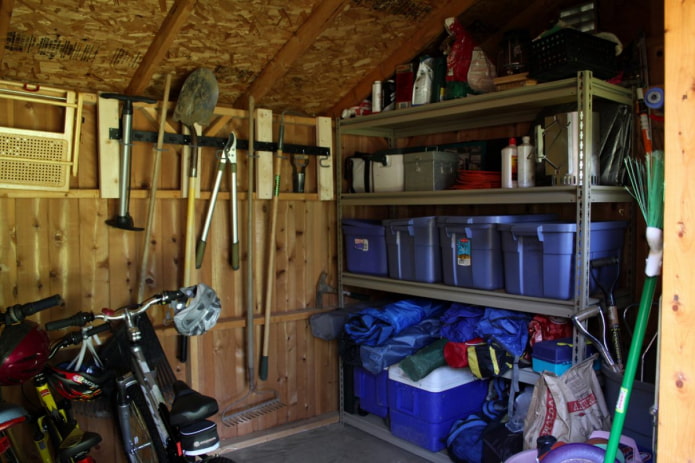
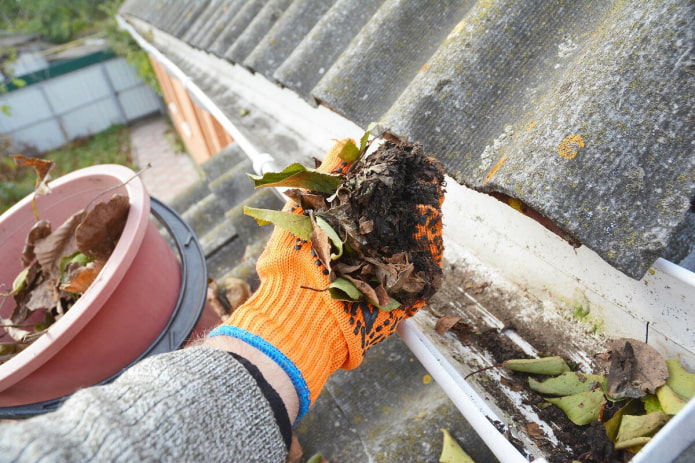
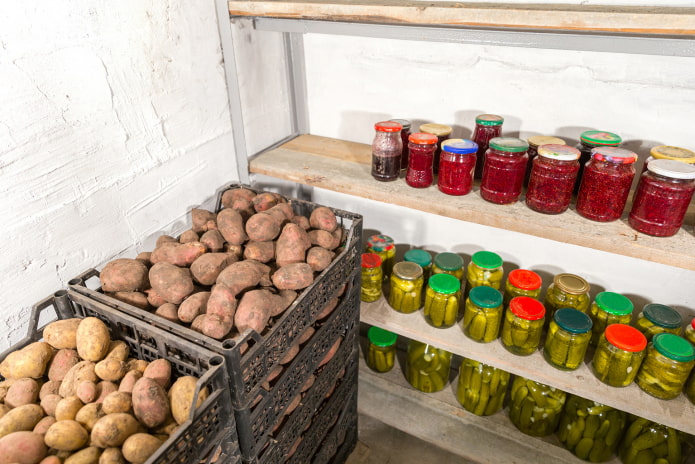



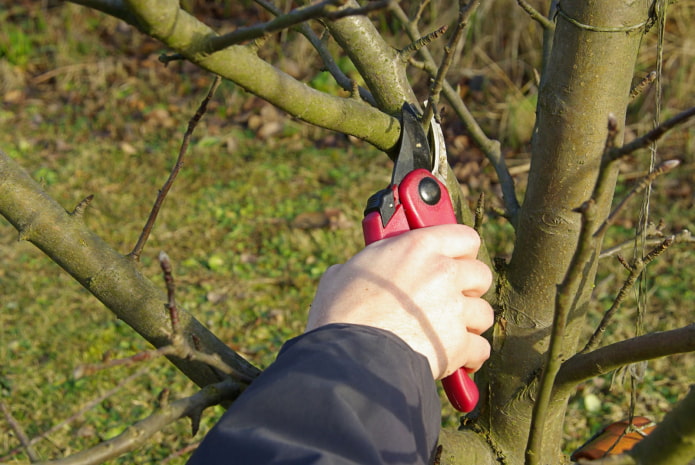
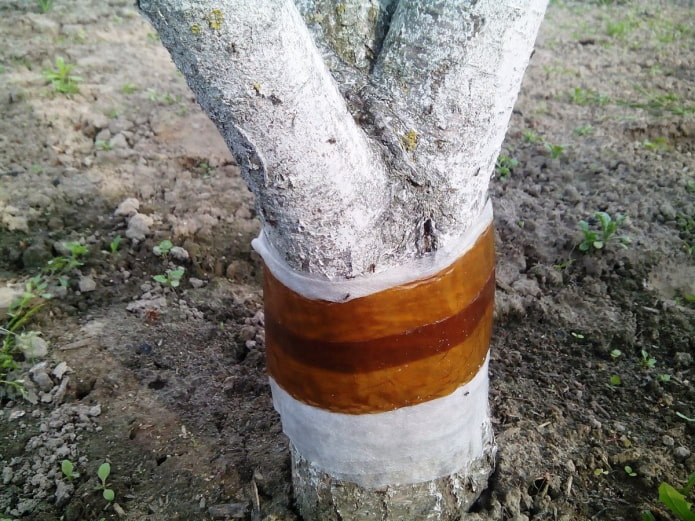
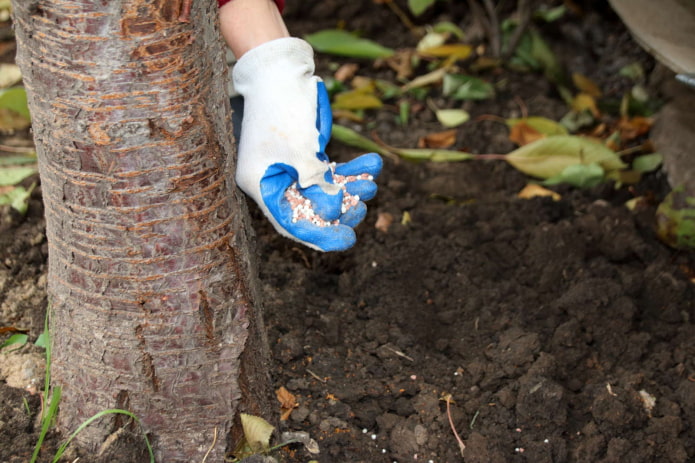
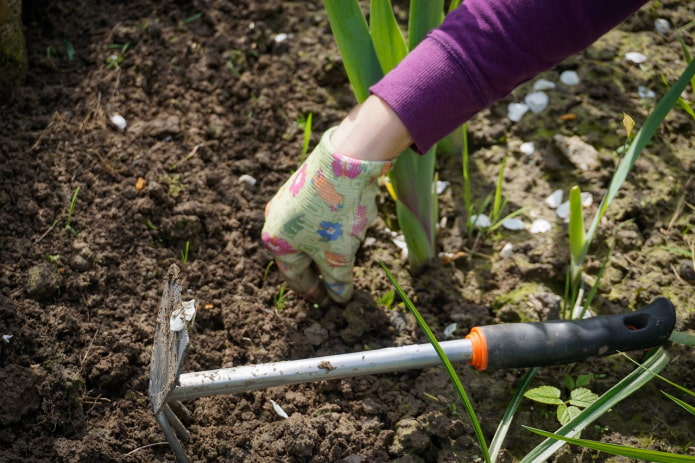
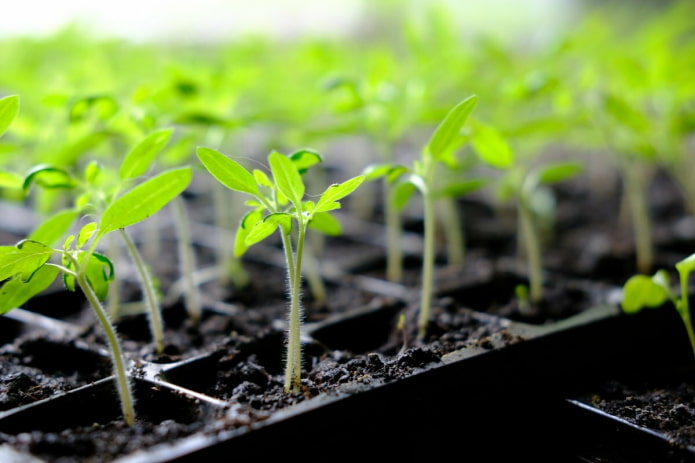
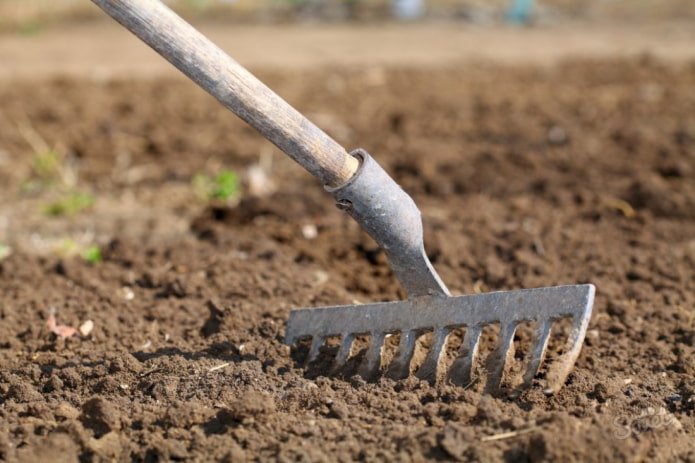
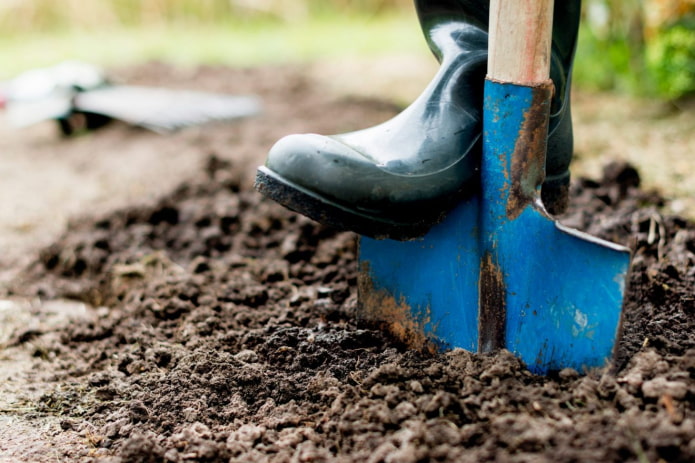


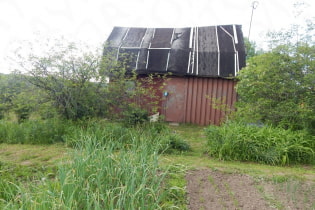 What can you save on when renovating your summer cottage?
What can you save on when renovating your summer cottage?  Houses with panoramic windows: 70 best inspiring photos and solutions
Houses with panoramic windows: 70 best inspiring photos and solutions Brick facades of houses: photos, advantages and disadvantages
Brick facades of houses: photos, advantages and disadvantages Siding house facades: features, photos
Siding house facades: features, photos Terrace design in a private house in the Moscow region
Terrace design in a private house in the Moscow region Provence style house design in Moscow region
Provence style house design in Moscow region